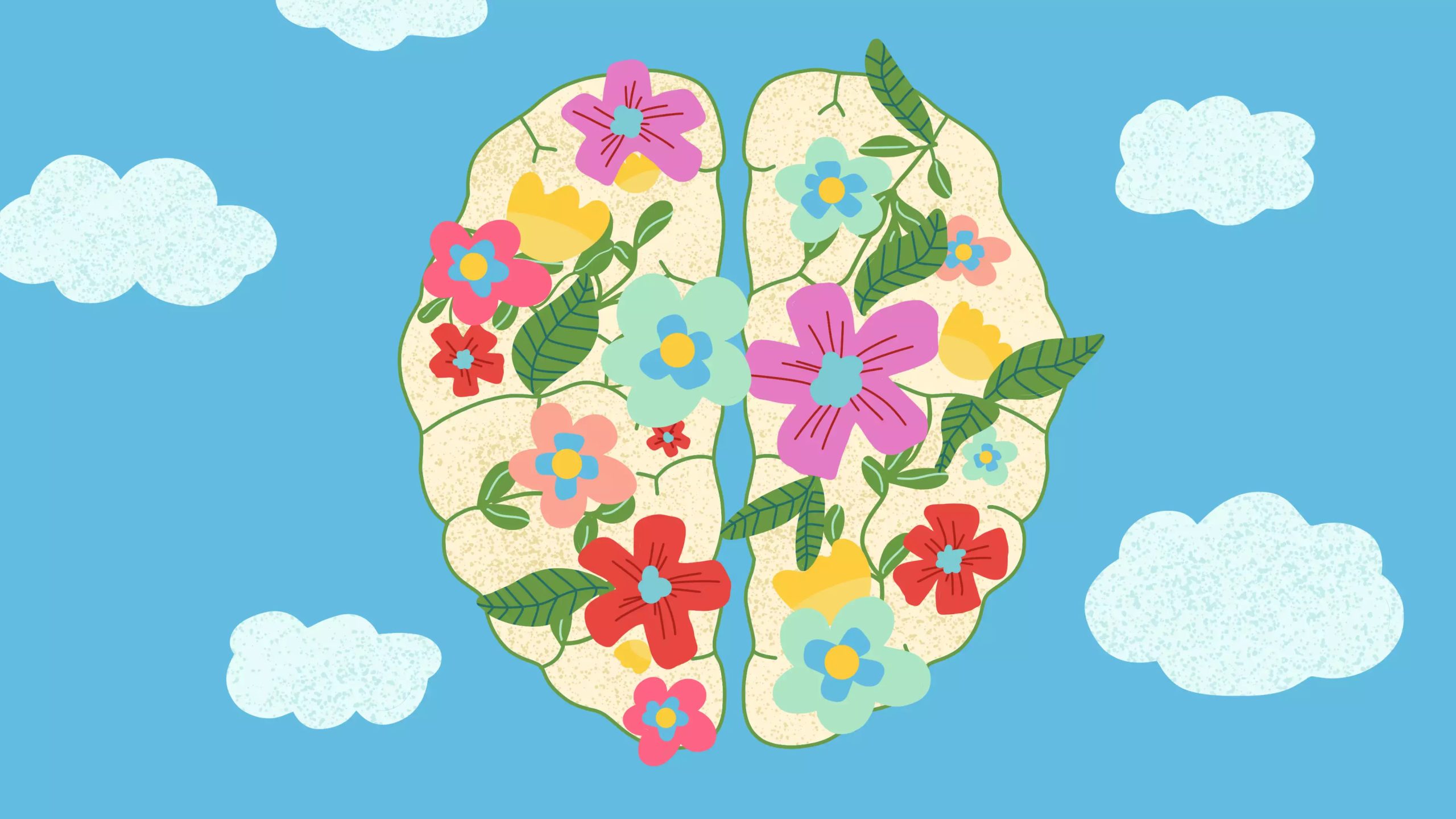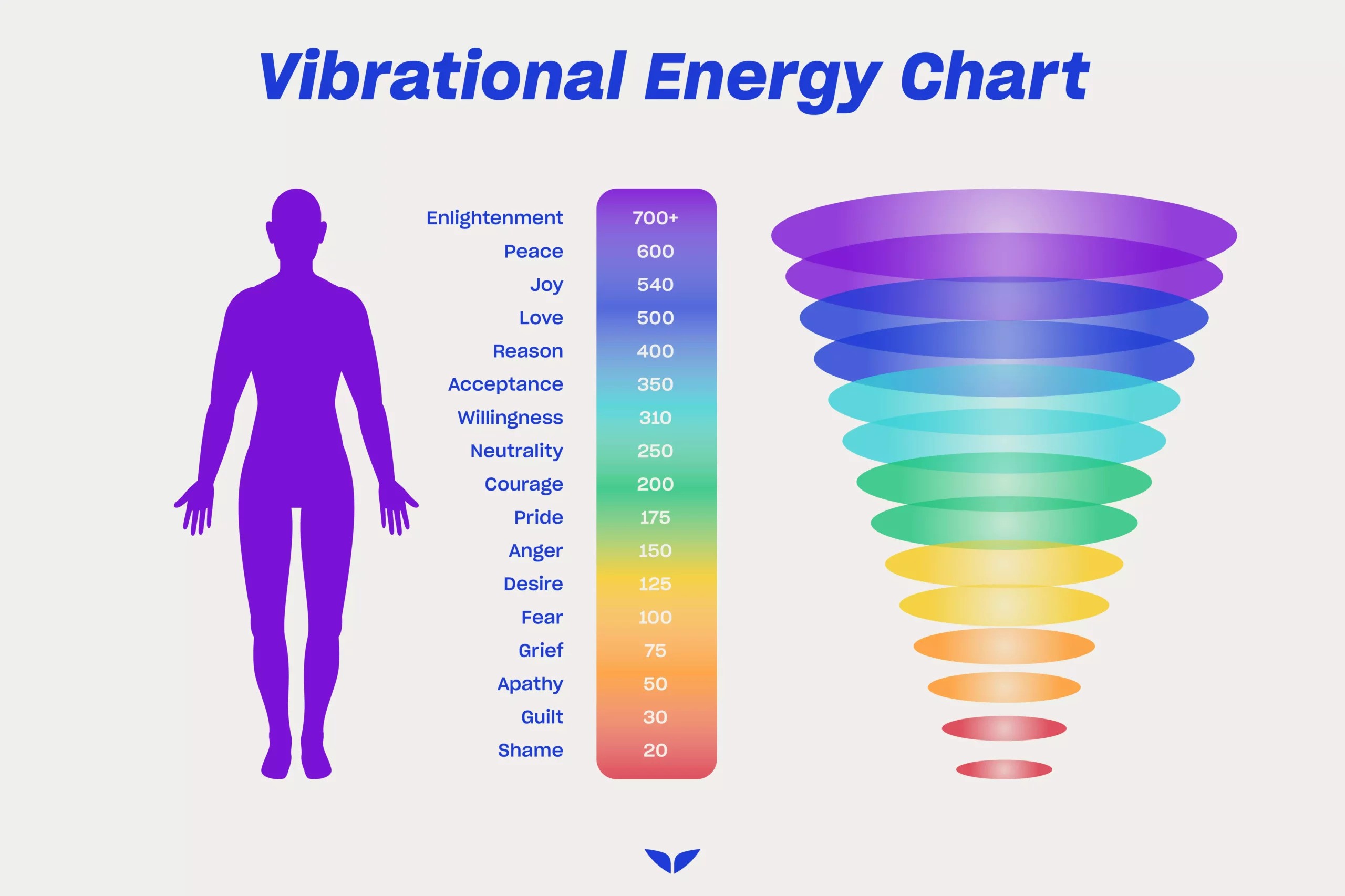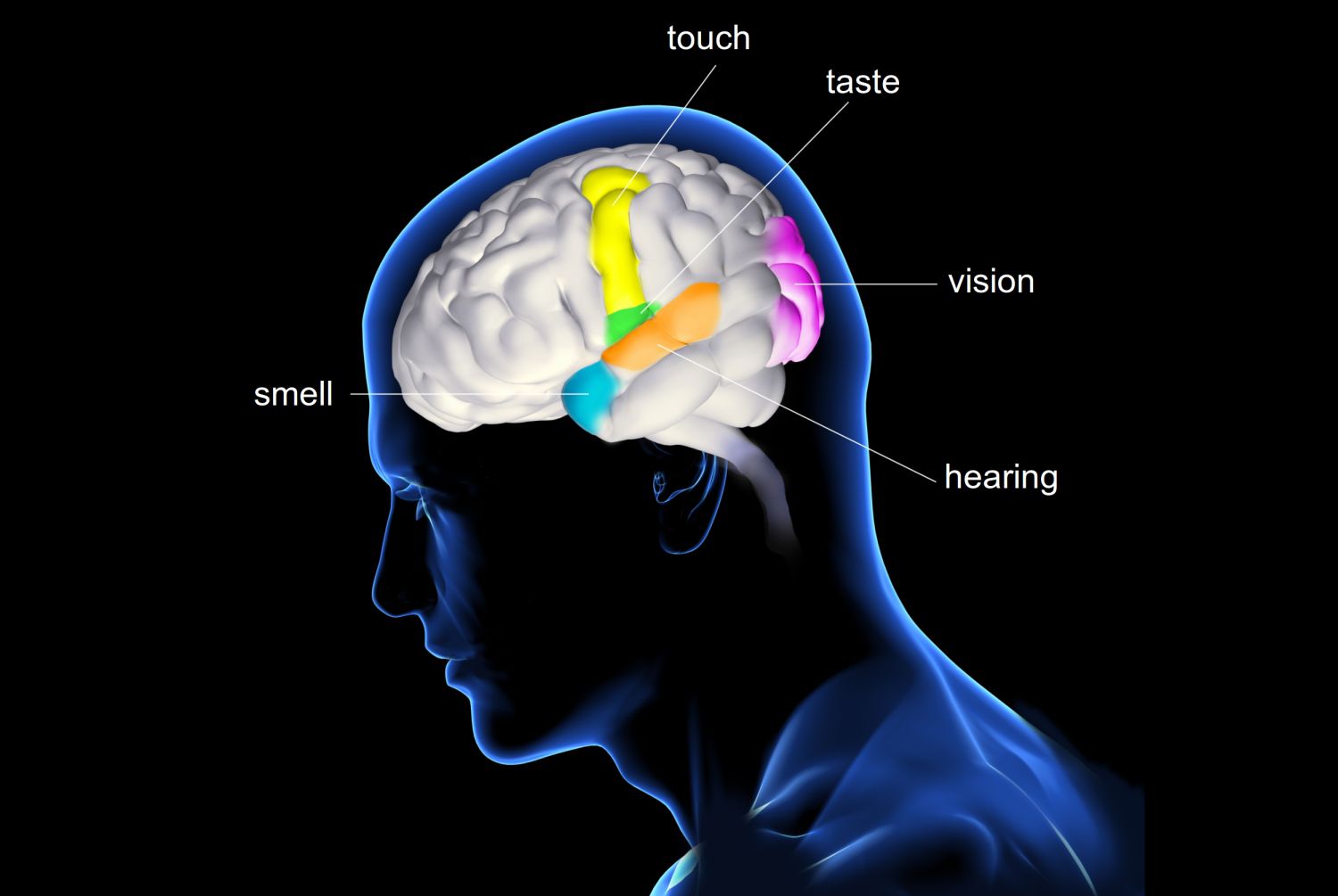Neuroplasticity Of The Brain And Mindfulness
Mindfulness meditation mental training has been found to be no different from other forms of skill development that can induce neuroplasticity. Through repeated practice in focusing attention, meditators may enhance the brain circuitry involved in voluntary control of attention. Mindfulness meditation increases neuroplasticity by promoting the release of neurochemicals. These neurochemicals promote the structural development of synaptic connections between simulated neurons.
Regular meditation practice strengthens and stabilizes neuronal networks in the medial prefrontal cortex. Meditation is connected with state and trait-like effects. State effects are changes that occur while a person is actively meditating, whereas trait-like effects emerge gradually over time and continue throughout the day as a result of consistent meditation practice.
The brain is an immensely sophisticated and strong organ with roughly 100 billion neurons. All parts of the brain are interrelated and serve a specific role, inundating the mind with thoughts and emotions. Meditation has provided a method of calming the mind's whirlpool of thoughts. The link between mindfulness meditation and neuroplasticity has been clear in recent decades, as fresh research has emerged to support the idea that meditation can play a significant role in the shaping and molding of the brain.
By advocating for a satisfied, happy, and stress-free existence, mindfulness meditation can be highly beneficial to the body and mind. Unnecessary constraints like tension and overthinking may be reduced to a large extent, if not entirely, with daily meditation, making it a highly beneficial skill to master. The application of mindfulness meditation in the realm of aviation, particularly among airline pilots and air traffic controllers, has the potential to save lives.
One of the most significant advantages of meditation is that it encourages more positive ideas and emotions, which can help you deal with unpleasant ones (stress, anxiety, anger, sadness, etc.). This is accomplished by neuroplasticity.
When you meditate while thinking about positive emotions (compassion, forgiveness, love, calmness, etc.), you establish new brain connections connected with such emotions. Then, as you continue to meditate and engage with those pleasant feelings on a regular basis, you reinforce the pathways and make it easier to return to them even when you are not meditating. It functions similarly to a muscle.
Neuroplasticity Of The Brain And Mindfulness
Here are two excellent mindfulness meditation techniques that use neuroplasticity to help you reprogram your brain over time to let go of negative emotions and feelings.
1. Positive-Thinking Meditation
In this meditation practice, you will reverse your negative thoughts and emotions by welcoming opposite, positive ones.
A few examples are as follows:
- Turn “I am jealous of what he has” to “I am grateful for what I have.”
- Turn “I wish I looked like her” to “I am special because I am unique.”
- Turn “I am not good enough” to “I am worthy.”
- Turn “I can’t do anything right” to “I can accomplish one goal today.”
Become conscious of all the bad ideas you are having each time you sit down to meditate. Take each, one by one, and turn it into pleasant thinking. Take in all of the wonderful feelings that come with each positive thought as you mentally engage with it. Continue to focus on those wonderful feelings during your meditation.
You might set a goal for yourself to fight five negative thoughts each time you meditate. With practice, you will notice that your mind will naturally switch to pathways with pleasant feelings when you are experiencing negative ones, even if you are not consciously attempting.
2. Letting Go Meditation
This is another popular strategy that makes use of neuroplasticity to help you retrain your brain to favor positive emotions.
To do so, get into a comfortable position and search for something you want in your mind's eye. The mental power of bringing hypothetical or recollected images to the forefront of your mind and seeing them without having to physically see them is known as the mind's eye. To do so, construct the object, person, feeling, or situation using your memories and knowledge.
Let yourself a few minutes to imagine and adore it; allow your feelings of "desire" to grow.
Then, without regrets or resistance, simply let those feelings go. Some people find it beneficial to combine this with another motion, such as exhaling, blinking, relaxing your shoulders, or opening your hand.
The idea is to appreciate and admire what you desire without having to own it. Also, accept the fact that you don't need this object and that it will not provide you actual long-term satisfaction.
With experience, you will find that when you come across anything you are envious of, you will be able to let go of that feeling more easily than previously.
What Is Neuroplasticity?
Neuroplasticity, or brain plasticity, has been extensively researched by medical researchers, clinicians, and scientists. The term essentially alludes to "the brain's innate capacity to adapt and modify its architecture."
When it comes to stress, this is very crucial. Although stress is an unavoidable aspect of life, it has a negative impact on many of us. It interferes with our ability to reason. It causes us to be irritable at work and with our loved ones. It prevents us from having a good night's sleep. The list could go on and on. You've probably had some run-ins with being over-stressed in the past – most of us have! The list of meditation's benefits is endless.
The light at the end of the tunnel, though, is that you can adjust how you react to stress on a subconscious level as well. Your brain is plastic, which implies it is malleable — that is, it can change. You simply have to train your brain what new "routes" you want it to follow if you want to increase your hand-eye coordination or react better to stress.
Repetition is essential in this case.
The bottom line
We live in a world that is full of diversions. The ability to direct our attention is a talent that may be honed via regular meditation practice.
Meditation is a technique for calming the mind. The mind is naturally distracted, and meditation is a technique for increasing our attention span and reducing or even eliminating distraction. In the midst of life's never-ending stress, meditation allows one to become conscious and tranquil. Daily exposure to massive volumes of media can easily divert the mind's attention away from what matters most: living. Stress can be reduced by meditating and relaxing for a few minutes.



